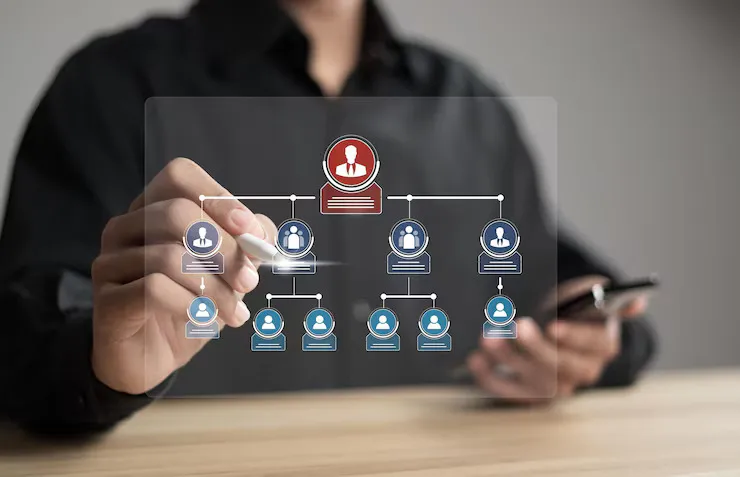We are agree that businesses need efficient solutions to manage their workforce. An all in one HR system is the answer, offering a comprehensive platform that integrates various HR functions into a single, streamlined software.
This system helps organizations handle everything from recruitment to analytics, making HR processes more efficient and effective.
Understanding What is All In One HR System
An all in one HR system is a unified platform designed to manage all aspects of human resource management. This software integrates multiple HR functions into one cohesive system, eliminating the need for separate tools.
From hiring and onboarding new employees to tracking performance and managing payroll, it provides a centralized solution that enhances productivity and reduces administrative burdens.
5 Major Components That Mostly Included in All in One HR Software System
An all in one HR software encompasses several key components, each addressing a crucial aspect of HR management. Let’s explore these components:

1. Recruitment and Onboarding
Recruitment and onboarding are fundamental to any HR system. This module helps streamline the hiring process, allowing HR teams to post job openings, track applications, and manage candidate interviews.
The onboarding feature ensures new employees are seamlessly integrated into the company, with access to necessary documents, training materials, and company policies, making their transition smooth and efficient.
By automating these processes, organizations can save time, reduce errors, and improve the overall candidate experience.
Learn more about recruitment tools human resource that we recommend for you to elevate your business.
2. Time and Attendance Tracking
Time and attendance tracking is essential for monitoring employee work hours and ensuring accurate payroll processing. This component automates the tracking of clock-ins, clock-outs, and breaks, providing detailed reports on employee attendance.
It helps HR managers enforce punctuality, manage leave requests, and comply with labor regulations, all while reducing errors and saving time. Additionally, this module often integrates with payroll systems to ensure employees are compensated accurately based on their logged hours.
3. Performance Management
Performance management within an all in one HR system focuses on evaluating and enhancing employee performance. It includes tools for setting goals, conducting performance appraisals, and providing feedback.
This module encourages continuous improvement, aligns individual objectives with organizational goals, and identifies top performers for rewards and recognition. By fostering a culture of feedback and development, companies can boost employee engagement and drive better business outcomes.
Facing issues in performance management? Learn how to solve it using our method.
4. HR Database
An HR database serves as the central repository for all employee information. It securely stores data such as personal details, employment history, benefits, and compliance records.
This centralized access simplifies data management, ensures accuracy, and supports HR teams in making informed decisions based on comprehensive employee records.
With all data in one place, HR professionals can quickly retrieve information, generate reports, and ensure compliance with legal requirements.
5. HR Analytics
HR analytics leverages data to provide insights into workforce trends and HR processes. This component generates reports and dashboards that help HR professionals analyze metrics such as turnover rates, employee satisfaction, and productivity.
By utilizing these insights, organizations can make data-driven decisions to optimize their HR strategies and improve overall business performance. HR analytics also helps in identifying potential issues early, allowing proactive measures to be taken to address them.
What are the Benefits of Using HR All in One HR System?
Implementing an all in one HR system offers numerous benefits. It enhances efficiency by consolidating various HR functions into a single platform, reducing the need for multiple tools and manual processes.
This integration leads to better data accuracy, improved compliance, and increased productivity.
Additionally, it supports better decision-making through robust analytics, provides a seamless employee experience, and saves time and resources by automating routine tasks.
Moreover, an all in one HR system improves communication within the organization by providing a centralized platform for information sharing.
Employees can access their records, request leaves, and receive updates, all through a single interface. This transparency fosters trust and engagement, leading to a more motivated workforce.
In case you need a recommendation for this software, you might be interested in trying Peopleforce.io, Omnihr.co, and others. There are many options to consider; for a corporate starter, you may want to run a free demo to make the best decision.
For businesses looking to revolutionize their HR management, exploring comprehensive resources is essential. Visit hr-management-slides.com to access valuable materials that can guide you in creating a tailored All in One HR system for your organization.

